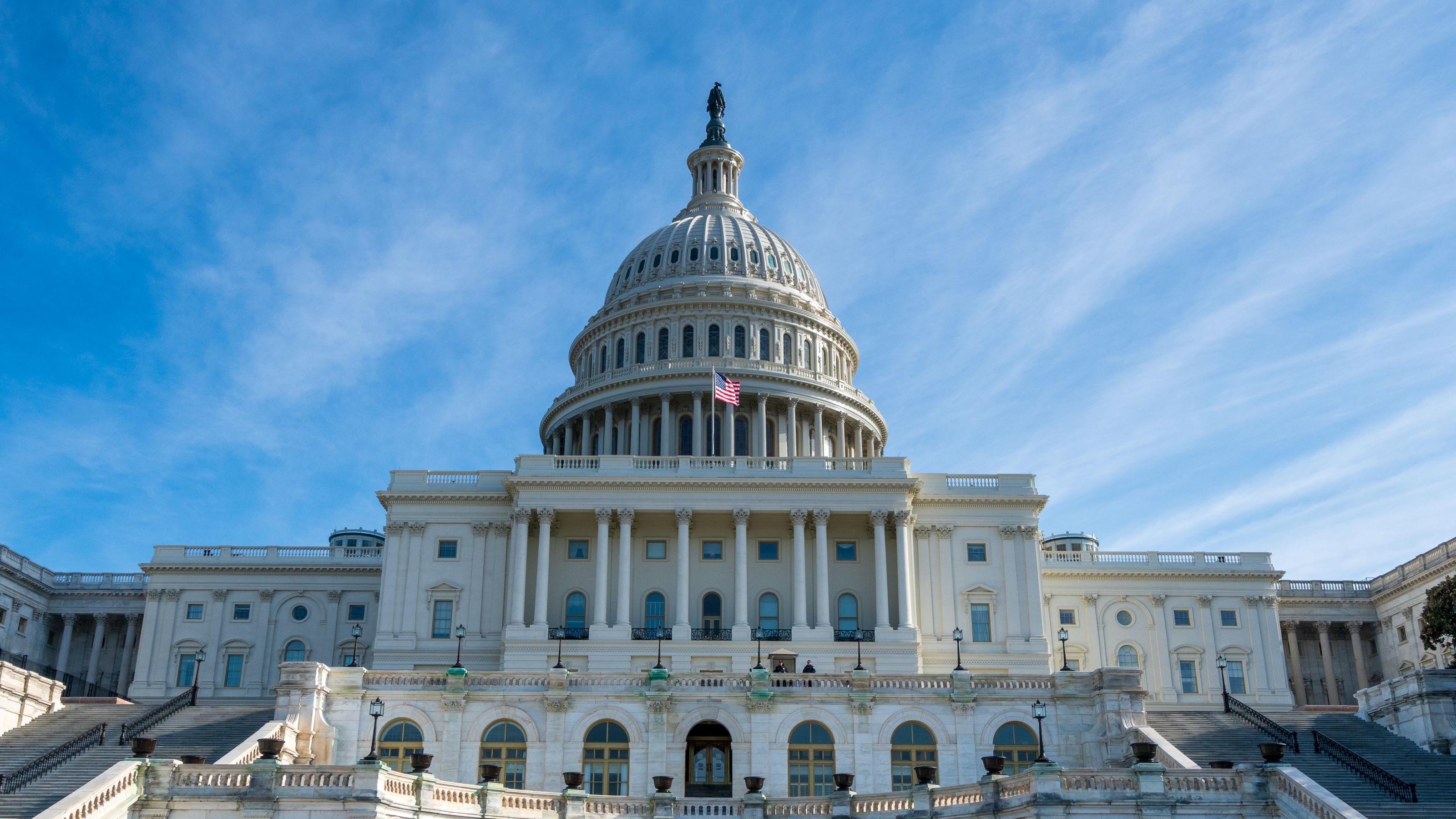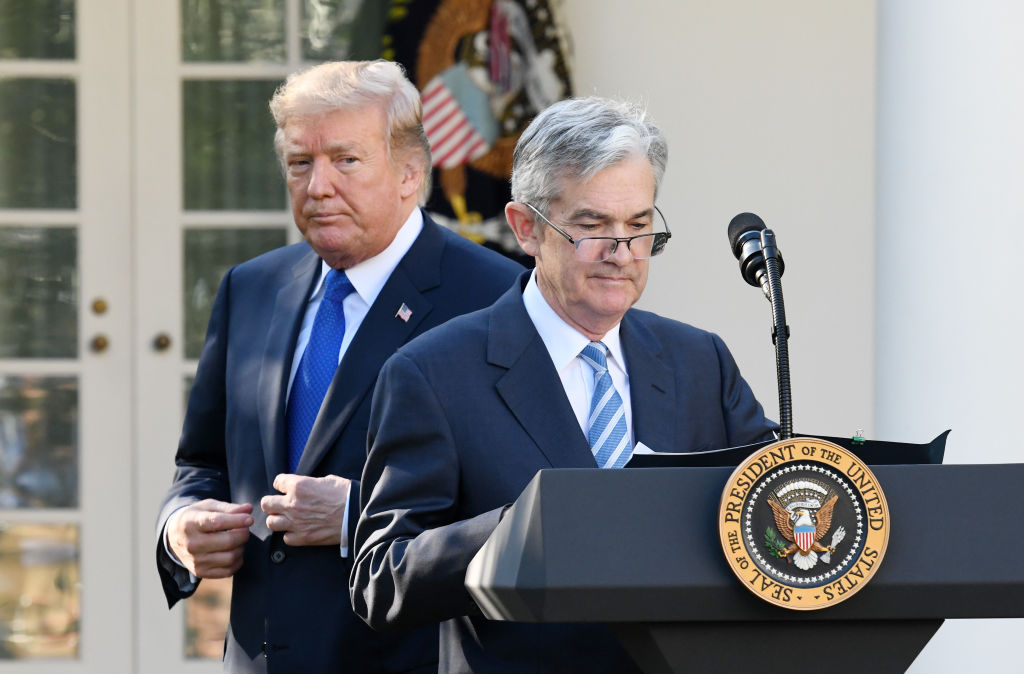Rising Production Helping to Keep Fuel Prices in Check
Energy costs should be relatively easy on your wallet in 2014.

This year figures to be fairly calm for energy prices, with fewer sharp swings than consumers and businesses endured in 2013. Rising output of domestic crude oil and natural gas, and reduced tensions in the energy-rich Middle East, will combine to keep energy markets well supplied throughout the year.
In fact, motorists can look forward to a bit of a break on prices at the gas pump.
After spiking this past summer on fears that the Syrian civil war might draw in the U.S., the price of oil looks set to retreat slightly, taking gasoline and diesel costs with it. Improved drilling techniques have already boosted U.S. crude output by 60% since 2008, and the boom will continue this year.

Sign up for Kiplinger’s Free E-Newsletters
Profit and prosper with the best of expert advice on investing, taxes, retirement, personal finance and more - straight to your e-mail.
Profit and prosper with the best of expert advice - straight to your e-mail.
2014 could be the year the U.S. surpasses Saudi Arabia and Russia to become the world’s top oil producer, says Phil Flynn, an energy analyst with the Price Futures Group.
What’s more, the flood of new oil being tapped in the U.S.—plus rising output in Canada—is coming at the same time the pace of growth in global oil consumption appears to be moderating. The International Energy Agency, which tracks global energy trends, expects the gap between daily oil demand and available supplies to widen next year, taking some pressure off prices.
Look for crude oil prices to ease by about $5 to $10 per barrel. Over the course of the year, expect West Texas Intermediate—the U.S. benchmark for crude—to average about $85 to $90 per barrel, compared with the $95 or so that crude has averaged since 2011.
As a result, prices of regular unleaded gasoline will trend down, too, averaging $3.40 per gallon in 2014, versus $3.51 in 2013. Diesel fuel will also edge a bit lower, to about $3.
Still, violence and political upheaval in several key oil producing countries bear watching. Michael Lynch, of Massachusetts-based Strategic Energy & Economic Research, says that Venezuela’s worsening economy and mounting political turmoil present the biggest geopolitical threat to his forecast for modestly lower oil prices in 2014, as instability in South America’s biggest oil producing nation raises risks to crude exports. He also cautions that the recent agreement between Western powers and Iran regarding Tehran shuttering its nuclear program—which has helped calm oil markets recently—is far from a done deal.
Meanwhile, the price of natural gas—which affects everything from petrochemical profit margins to home heating bills—is likely to keep rising, continuing a rebound that began last year. But the gains will be modest, thanks to continued steady growth in supply from wells in Texas, Pennsylvania and other states. The benchmark wellhead price for natural gas, which averaged about $3.75 per million British thermal units in 2013, figures to hit $4 or so for 2014, thanks to growing demand. An exceptionally cold winter could briefly send gas prices higher, but by spring, demand will cool off. And modestly higher prices will encourage energy firms to drill new wells, ensuring that natural gas output keeps rising.
Get Kiplinger Today newsletter — free
Profit and prosper with the best of Kiplinger's advice on investing, taxes, retirement, personal finance and much more. Delivered daily. Enter your email in the box and click Sign Me Up.

Jim joined Kiplinger in December 2010, covering energy and commodities markets, autos, environment and sports business for The Kiplinger Letter. He is now the managing editor of The Kiplinger Letter and The Kiplinger Tax Letter. He also frequently appears on radio and podcasts to discuss the outlook for gasoline prices and new car technologies. Prior to joining Kiplinger, he covered federal grant funding and congressional appropriations for Thompson Publishing Group, writing for a range of print and online publications. He holds a BA in history from the University of Rochester.
-
 Trump’s Tax Cut Risks Your SNAP, Medicaid Benefits
Trump’s Tax Cut Risks Your SNAP, Medicaid BenefitsTax Cuts The GOP budget blueprint could slash lifesaving programs for millions of U.S. households.
By Gabriella Cruz-Martínez
-
 Can Trump Fire Powell? A Supreme Court Case Could Decide
Can Trump Fire Powell? A Supreme Court Case Could DecidePresidential posts threaten to overwhelm decades of precedent and tradition, whatever the nine justices decide.
By David Dittman
-
 The Economic Impact of the US-China Trade War
The Economic Impact of the US-China Trade WarThe Letter The US-China trade war will impact US consumers and business. The decoupling process could be messy.
By David Payne
-
 AI Heads to Washington
AI Heads to WashingtonThe Kiplinger Letter There’s big opportunity for AI tools that analyze MRIs and other medical images. But also big challenges that clinicians and companies will have to overcome.
By John Miley
-
 The AI Doctor Coming to Read Your Test Results
The AI Doctor Coming to Read Your Test ResultsThe Kiplinger Letter There’s big opportunity for AI tools that analyze CAT scans, MRIs and other medical images. But there are also big challenges that human clinicians and tech companies will have to overcome.
By John Miley
-
 The New Space Age Takes Off
The New Space Age Takes OffThe Kiplinger Letter From fast broadband to SOS texting, space has never been more embedded in peoples’ lives. The future is even more exciting for rockets, satellites and emerging space tech.
By John Miley
-
 Rising AI Demand Stokes Undersea Investments
Rising AI Demand Stokes Undersea InvestmentsThe Kiplinger Letter As demand soars for AI, there’s a need to transport huge amounts of data across oceans. Tech giants have big plans for new submarine cables, including the longest ever.
By John Miley
-
 What DOGE is Doing Now
What DOGE is Doing NowThe Kiplinger Letter As Musk's DOGE pursues its ambitious agenda, uncertainty and legal challenges are mounting — causing frustration for Trump.
By Matthew Housiaux
-
 A Move Away From Free Trade
A Move Away From Free TradeThe Letter President Trump says long-term gain will be worth short-term pain, but the pain could be significant this year.
By David Payne
-
 Trump’s Whirlwind Month of Crypto Moves
Trump’s Whirlwind Month of Crypto MovesThe Kiplinger Letter The Trump administration wants to strengthen U.S. leadership in the cryptocurrency industry by providing regulatory clarity.
By Rodrigo Sermeño